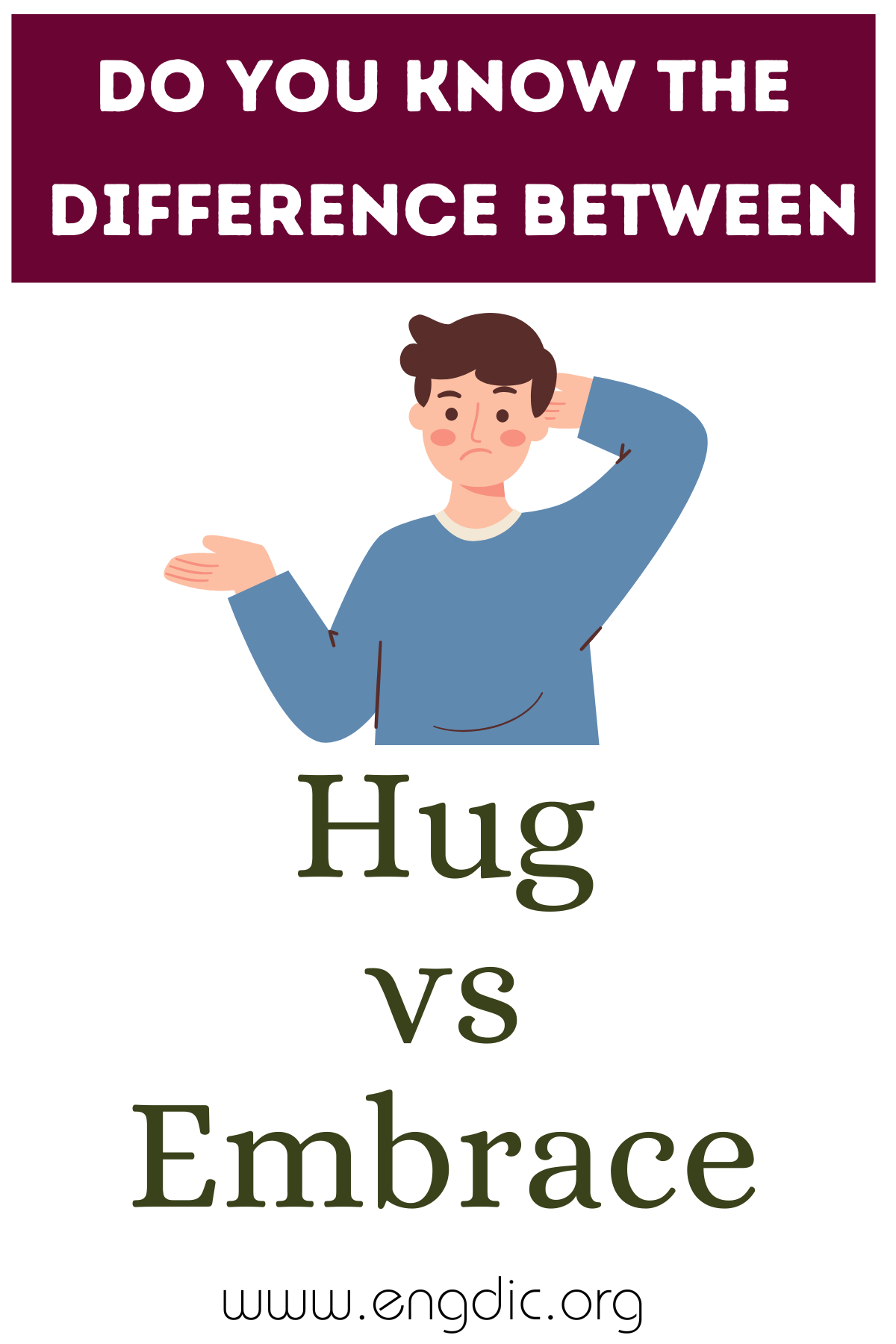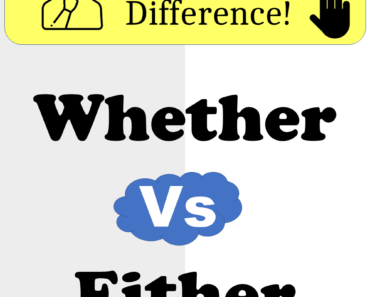While both “hug” and “embrace” refer to acts of affection involving physical closeness, they differ in usage and connotation.
- A hug typically denotes a brief, casual gesture shared between friends or family, often used to convey warmth or comfort.
- An embrace, on the other hand, carries a more formal, intense, or romantic undertone, suggesting a deeper emotional connection.
This distinction makes “hug” suitable for everyday interactions and “embrace” for moments that warrant a more profound expression of affection.
Hug
Definition: A hug is an affectionate gesture that involves wrapping one’s arms around another person, typically in a brief and informal manner.
Usage:
- Friendly Greeting: A hug can be a common way to greet friends or loved ones.
Example: “When Sarah saw her best friend, she greeted her with a warm hug.” - Comforting Gesture: People often hug to console someone who is upset or distressed.
Example: “After the sad news, he offered a comforting hug to his friend.” - Celebratory Action: Hugs are frequently shared during happy moments or celebrations.
Example: “The team members shared hugs after their victory.”
Embrace
Definition: An embrace is a more formal and intense act that involves holding someone closely in one’s arms, often signifying deeper affection, support, or acceptance.
Usage:
- Romantic Gesture: An embrace often implies a romantic connection.
Example: “The couple shared a tender embrace at the end of their date.” - Sign of Acceptance: Embrace can also mean to accept or support an idea or change.
Example: “The community embraced the new cultural festival.” - Emotional Support: Embrace can convey strong emotional support in challenging times.
Example: “She felt a sense of peace when her friend embraced her during her tough days.”
Each word brings a unique nuance to expressing affection or support, with “hug” fitting everyday use and “embrace” highlighting more intimate or significant moments.







